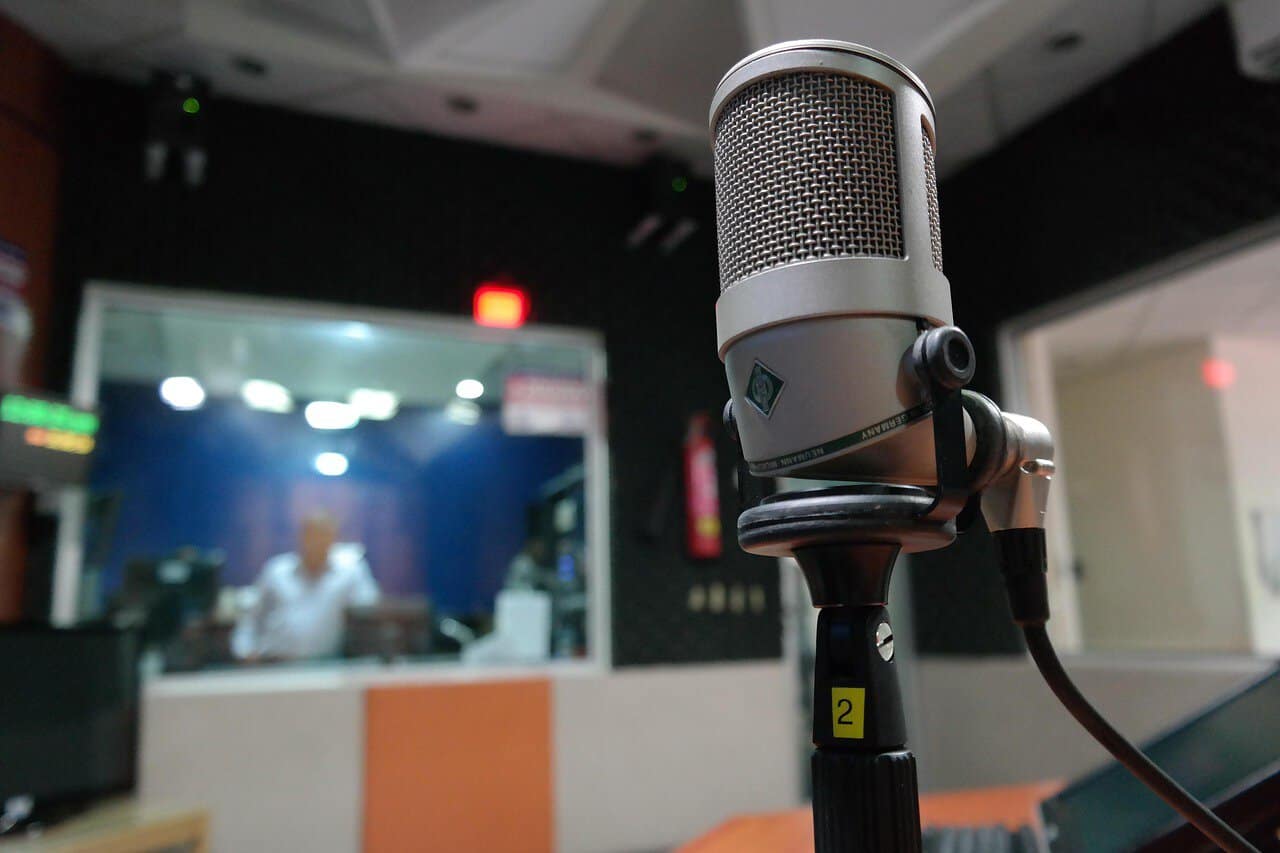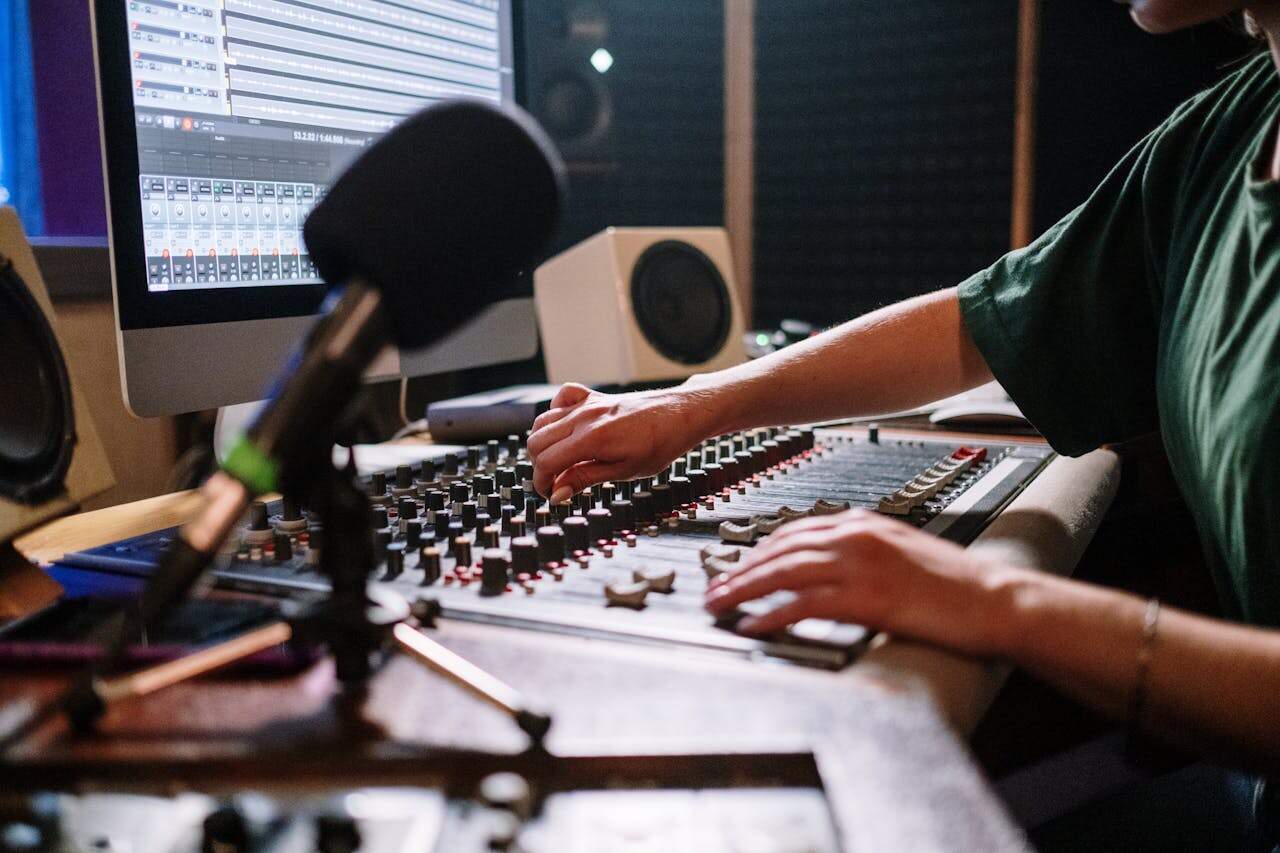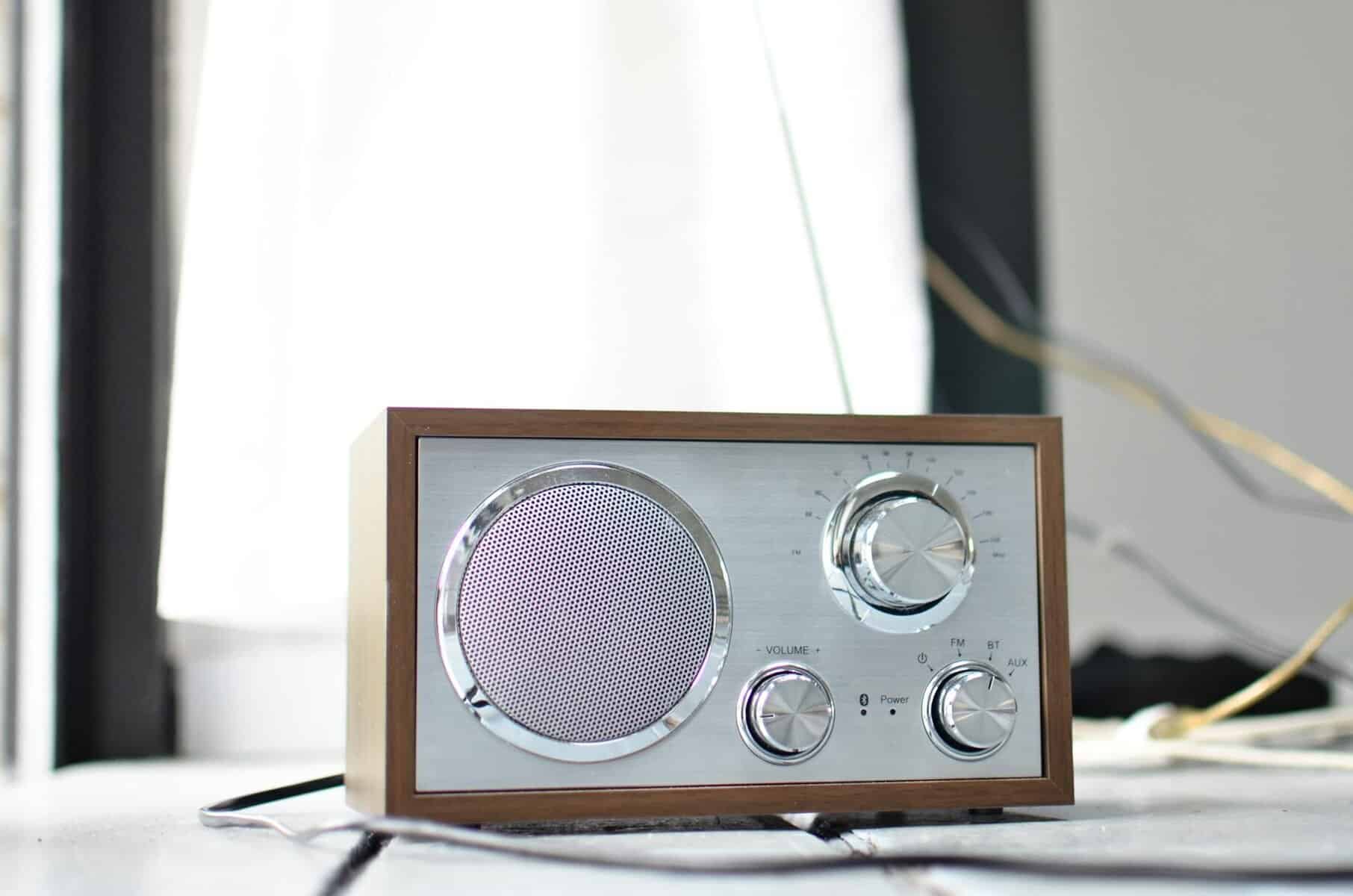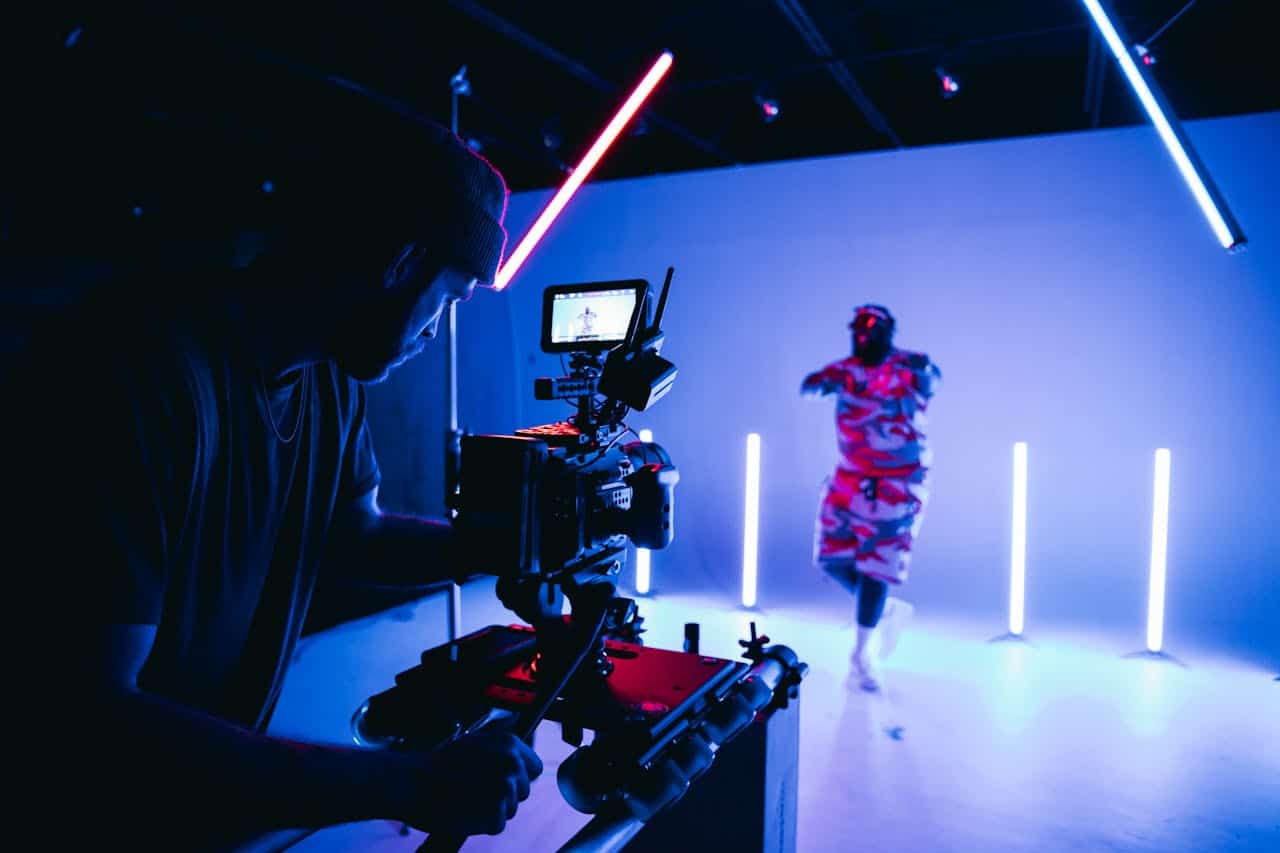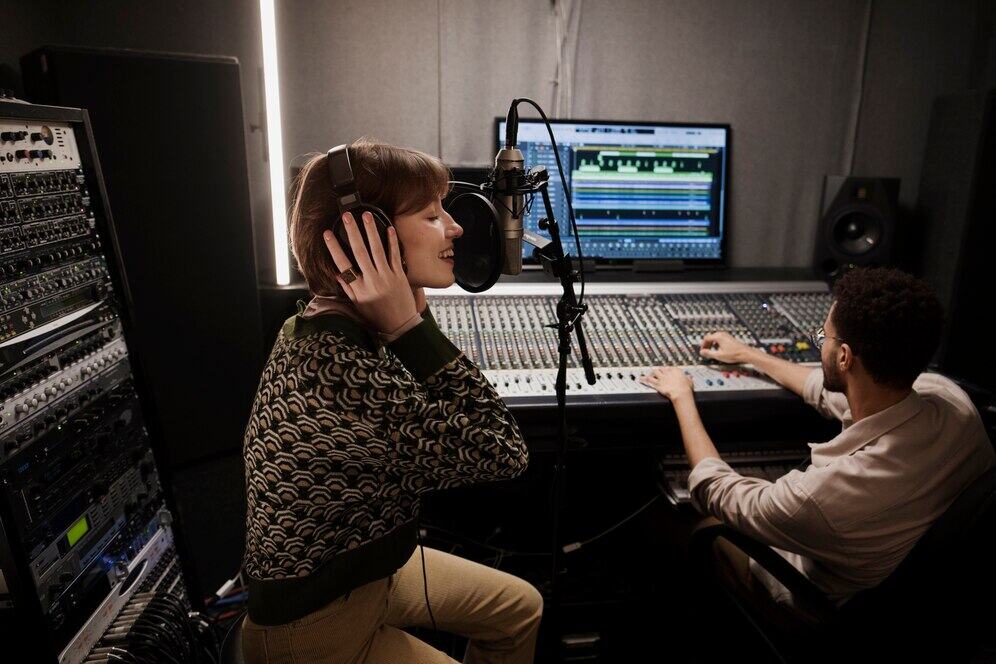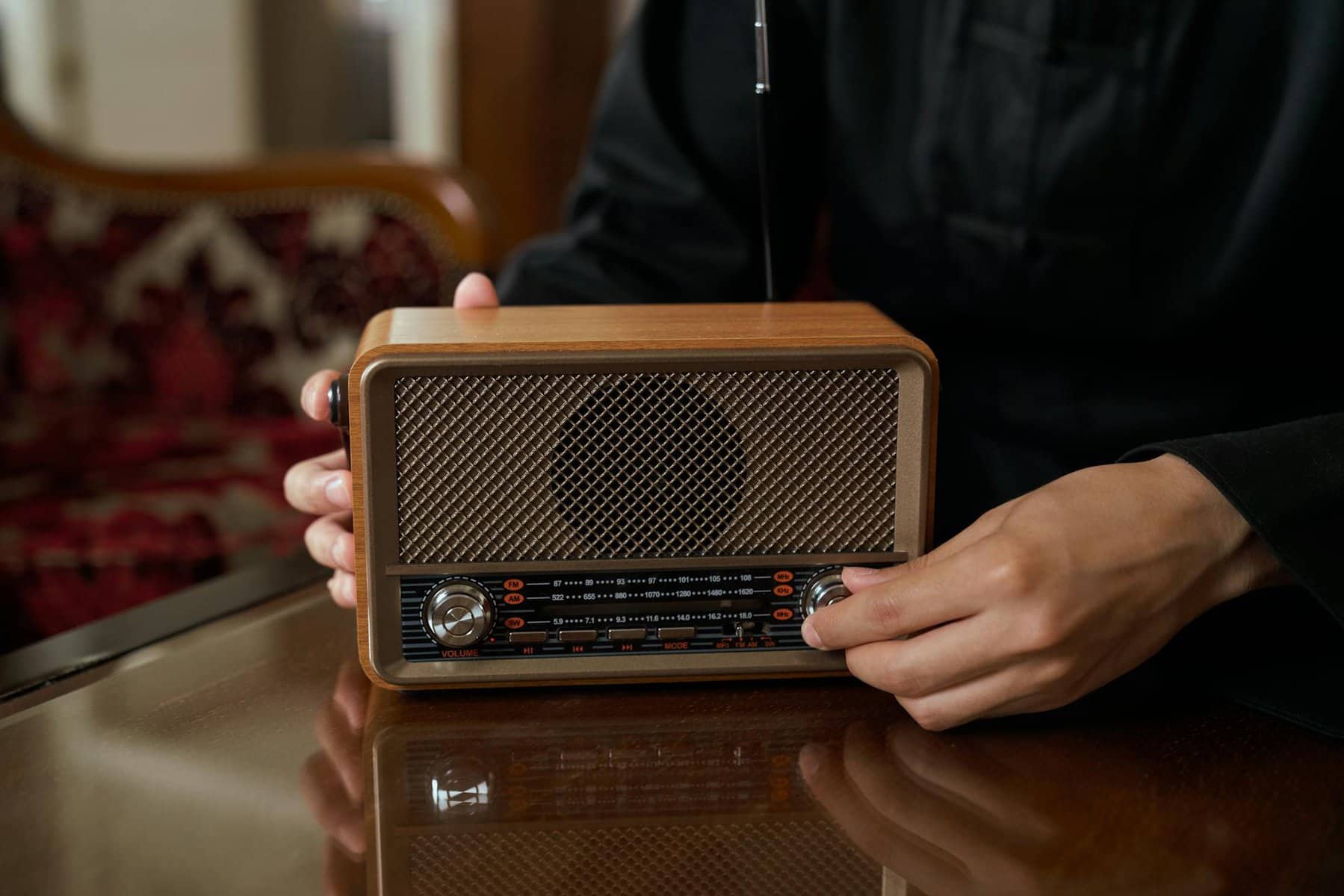Jingles have been a staple of marketing for decades, helping brands stick in the minds of consumers with catchy tunes and memorable lyrics. Think of a jingle as a brand’s theme song—it’s designed to be repetitive, simple, and easy to remember. The sound of a well-crafted jingle can instantly bring a brand to mind, creating a strong connection between music and message. Today, creativity in jingle production continues to evolve, finding new ways to captivate listeners while maintaining the core essence of what makes jingles effective.
Seasonal jingles add a unique twist, offering an opportunity for brands to align their messaging with the time of year. These jingles can tap into the familiarity of seasonal feelings, like the warmth of summer or the coziness of winter, making them more relatable and impactful. They give brands a chance to refresh their appeal and stay relevant, as they reflect the changing moods and interests of consumers throughout the year. Imagine hearing a holiday jingle with classic winter sounds—instantly, you’re in the festive spirit. This strategy capitalizes on the emotional touchstones of each season, linking brands with the natural rhythms of life.
The Importance of Seasonal Jingles
Seasonal jingles harness the power of cultural and emotional associations tied to different times of the year. Here’s why they make a difference:
– Relevance: By tailoring jingles to a specific season, brands remain timely. For instance, a spring-themed jingle might incorporate fresh, lively elements, matching the season’s sense of renewal. This keeps the brand’s message in tune with consumers’ current experiences.
– Emotional Connection: Seasons come with built-in emotional cues. Spring feels fresh, summer vibrant, autumn warm, and winter cozy. Jingles that play on these emotional elements can evoke strong memories or feelings, making a brand more memorable.
– Relationship Building: When consumers identify emotionally with a brand, they are more likely to stay loyal. Seasonal jingles help establish a connection not just through catchy music, but also through emotional engagement.
For example, consider a sparkling summer jingle for an ice cream brand. The melody might evoke sunny days, laughter, and long, lazy afternoons. These elements speak directly to consumers’ experiences and aspirations, fostering an emotional tie. Seasonal jingles do more than simply brand a product—they integrate that product into the consumer’s lifestyle.
Creating Effective Seasonal Jingles
Developing a compelling seasonal jingle requires creativity and strategic thinking. Here are some tips to get it right:
1. Understand Seasonal Trends: Delve into the characteristics and emotions of the season you’re targeting. Think about what people enjoy, why they celebrate, and how these attributes can be turned into a musical theme.
2. Craft Relevant Lyrics: Your lyrics should align with the season’s vibes and the brand’s identity. They must be catchy but also carry the brand’s message. A winter jingle might highlight warmth and comfort, while a summer version could sing of freedom and adventure.
3. Develop a Catchy Melody: The heart of a jingle lies in its tune. A memorable melody that echoes the season’s theme will ensure listeners hum along and remember the brand.
4. Incorporate Seasonal Sounds: Use sound effects or music that’s evocative of the time of year, like jingle bells for the holidays or ocean waves for summer. These enhance the setting and mood, pulling listeners further into the experience.
5. Test Your Audience’s Response: Before full-scale implementation, share the jingle with small focus groups. Gauge their reaction and make adjustments to ensure it resonates positively.
Seasonal jingles aren’t just about changing a few notes or lyrics. They require thoughtful integration of seasonal elements that talk directly to the audience’s heart. By doing so, brands can leverage the natural cycles of the year to amplify their message, making it vivid and enduring.
Integrating Seasonal Jingles into Marketing Campaigns
Integrating seasonal jingles into marketing campaigns is a strategic move that can amplify their effectiveness and reach. The key is to weave these jingles into various marketing channels where they seamlessly connect with audiences. Start by identifying the platforms where your target audience spends most of their time. If radio is a popular medium, tailor seasonal jingles to fit radio advertisements, ensuring they align with the station’s audience. Utilize online channels like social media by creating short video clips or stories featuring the jingle. This not only enhances visibility but also encourages sharing, expanding your reach.
Television commercials can also benefit from the addition of a seasonal jingle, providing an extra layer of engagement. Incorporate these jingles into both paid and organic social media posts. While paid ads can target specific demographics, organic posts encourage interaction and sharing among existing followers. This dual approach ensures maximum exposure.
A solid example of successful integration is a brand known for its winter apparel. By crafting a winter jingle and embedding it across YouTube ads, radio commercials, and social media channels, they created a cohesive campaign that resonated deeply with their audience. The jingle’s melody mirrored the warmth and coziness associated with winter clothing, making it both memorable and effective.
Measuring the Success of Seasonal Jingles
Evaluating the impact of seasonal jingles requires a thoughtful approach. Track various metrics to gauge success, such as brand recognition, customer loyalty, and even sales spikes during the campaign period. Begin by conducting pre- and post-campaign surveys to measure brand recall. Ask consumers if they remember hearing your jingle and if it influenced their perception of your brand. This direct feedback can provide valuable insights into the campaign’s effectiveness.
Monitor social media engagement rates, noting any increases in likes, shares, and comments related to the jingle. A spike in interactions can signal that the jingle resonates well with your audience. Utilize tools like Google Analytics to track website traffic. An uptick in visitors after launching your jingle suggests it’s capturing consumer interest and driving them to learn more.
Adjust strategies based on this performance data. If a particular channel shows higher engagement or conversion rates, consider allocating more resources to that medium. Understanding what works allows you to refine your approach for future campaigns, ensuring continual improvement and relevance.
Elevate Your Marketing with Seasonal Jingles
Seasonal jingles offer a dynamic way to boost marketing efforts by tapping into cultural moments and emotional connections. They refresh your brand’s image and keep it relevant in the ever-changing marketplace. By leveraging the conscious link between your product and the season, you create a compelling narrative that resonates with your audience.
Encourage exploration of seasonal jingles as a creative tool to enhance marketing strategies. These jingles not only highlight your brand in a memorable way but also engage consumers on a deeper level. By understanding and implementing the strategies outlined above, brands can weave seasonal charm into their marketing, leaving a lasting impact on consumers. Embrace this opportunity to invigorate your brand’s identity, ensuring it stays front and center in the minds of your audience.
Integrating seasonal jingles can dramatically enhance your brand’s connection with consumers. If you’re ready to explore the power of jingles for business, consider transforming your marketing approach. Dive into the art of jingle production and see how Killerspots Agency can help you create memorable and engaging music that resonates with your audience.


